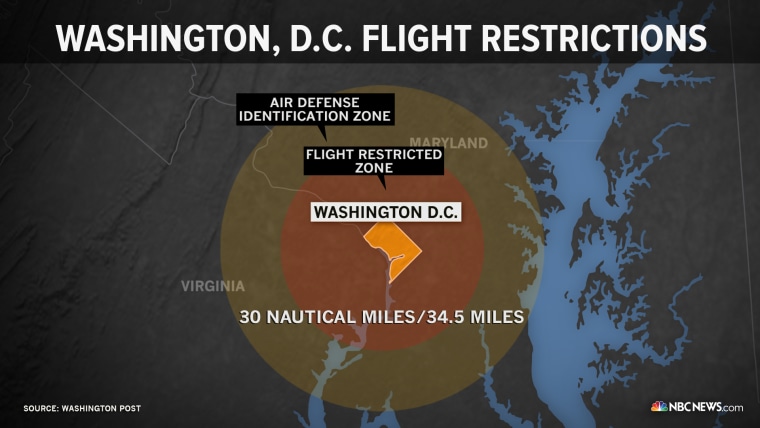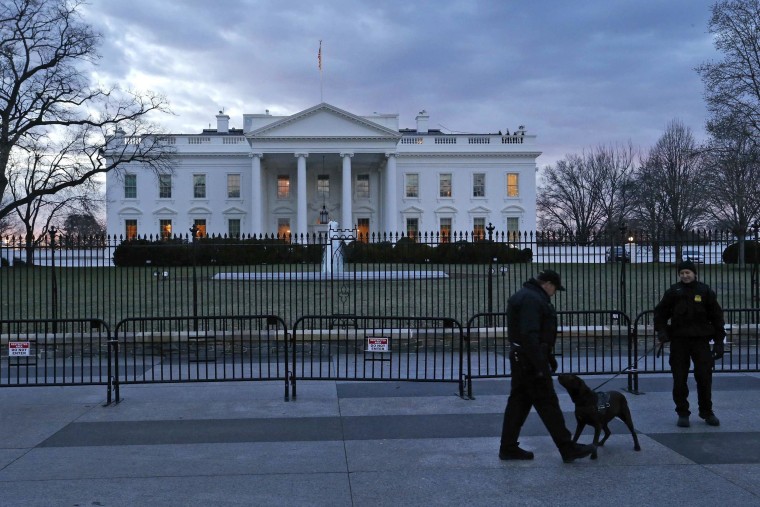WASHINGTON D.C. is the nation's city, a place where residents and tourists alike leisurely stroll the grassy stretches near the White House and the U.S. Capitol.
But a Florida mail carrier's landing of a "gyrocopter" on the lawn of the Capitol, raises some serious questions about the challenges inherent in protecting the nation's capital from attack while keeping it open as a symbol of democracy.
When are some guests to "the nation's house" simply unwelcome?
While the Federal Aviation Administration investigates how Douglas Hughes maneuvered through restricted airspace, lawmakers and security experts are questioning whether tighter restrictions should be imposed.
"We don't want to be a place where we're saying, 'This is an iron-clad Capitol.' And have such restrictions on people having access to it," House Minority Leader Nancy Pelosi said Thursday. "Nonetheless, we have to ensure the safety of those people."
That argument had been underway long before Hughes' crazy ride.
A string of recent breaches at the White House, including a man who made it inside the building and a 4-year-old who slipped past a short fence, prompted the National Park Service to seek permission to add steel spikes to the iron fence.
This past weekend the U.S. Capitol Building was temporarily placed on lockdown after a man toting a suitcase shot himself near the front steps. Police officials said the man was holding a "sign about social justice," as well as two bags.
In 2013, law enforcement authorities shot a Connecticut woman who attempted to breach a barrier at the White House after a high-speed car chase that also resulted in a lockdown on the Capitol.
All of these incidents have added heat to a debate that has been simmering on and off for two decades.
The current plan to fortify the White House fence, like any other proposed changes to street-level security architecture, must get the blessing of the National Capital Planning Commission. The agency first got involved in the process after the 1995 bombing of a federal courthouse in Oklahoma City, which prompted authorities to erect barricades on Pennsylvania Avenue in front of the White House.
The commission lobbied to keep the Capitol open and accessible to pedestrians continued after 9/11, fighting against street closures and bunker-like blockades.
"Concrete barriers say to people who visit that the city is in fear and that our government is no open and afraid of possible terror attacks," the commission's executive director, Marcel Acosta, said.

The answer has been to include architects and planners who came up with ways to incorporate security measures in the existing landscape.
A redesign of the Washington Monument did away with bollards in exchange for low, unobtrusive walls that meshed into the topography, Acosta said. And the street in front of the White House is nolonger ringed by jersey barriers , and has become a pedestrian plaza, he said.
"You see a lot of people enjoying the space. It's a public promenade. Cars can't get through. It works as a place for the public to enjoy."

Similar projects are underway in other parts of the city, where the West Terrace of the Capitol and front doors of the Supreme Court are now closed.
Department of Homeland Security Secretary Jeh Johnson said Thursday that Hughes' craft "literally flew under the radar" and has raised serious concerns about how it was allowed to happen — particularly because Hughes said he told the Secret Service about his plans many months in advance, as a stunt to protest the influence of money in government.
But Johnson urged a level-headed response.
"We are a democracy," he said. "We don't have fences around our airspace. So we've got to find the right balance between living in a free and open society and security and the protection of federal buildings, important federal buildings, our national leaders. And so we want to stay one step ahead of every incident like this, but then again, you don't want to overreact, either."
Rep. Eleanor Holmes Norton of Washington D.C. said the public should not suffer from restricted access to the capital because of a government security lapse, no matter how kooky the circumstances.
Authorities should also crack down hard on Hughes to dissuade copycats, Norton said.
"These are new and perhaps unanticipated events," Norton said. "But their job is to prepare for the unanticipated. The way to do that is not to start with keeping people away from the capital."
—With The Associated Press
